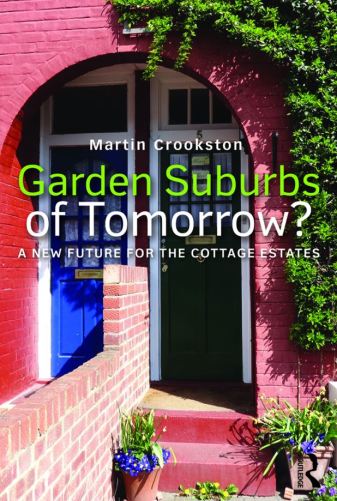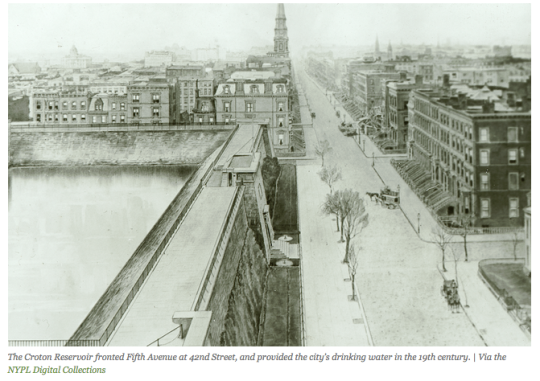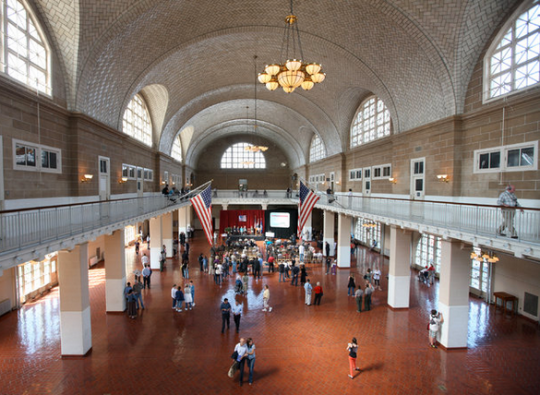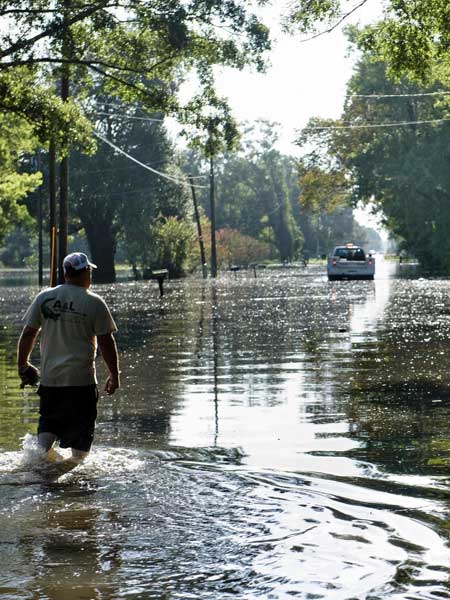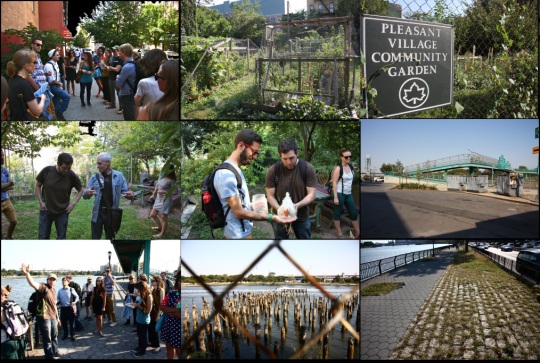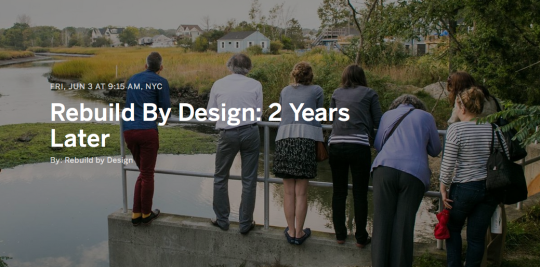
Join Rebuild by Design for a full day of programming to celebrate our collective accomplishments as we look to build resilient communities in the Sandy-affected region and elsewhere, in the years ahead.
20 Cooper Square, NYC
Friday June 3 9:15am-5pm
For any questions about the event contact info@rebuildbydesign.org
9:15AM Registration & Breakfast
9:45AM Opening Remarks
10:15AM – 11:45AM Two Years Later – Updates from Each of the Rebuild by Design Projects
- Lower Manhattan – Carrie Grassi, NYC Mayor’s Office of Recovery and Resiliency and Jeremy Siegel, BIG – Bjarke Ingels Group
- Hunts Point – Julie Stein, NYC Economic Development Corporation and TBD
- Meadowlands – David Rosenblatt, NJ Department of Environmental Protection and Chris Benosky, AECOM
- Hoboken – David Rosenblatt, NJ Department of Environmental Protection and Kenneth Spahn, Dewberry
- Long Island – Kris Van Orsdel, NYS Governor’s Office of Storm Recovery and Georgeen Theodore, Interboro
- Staten Island – Alex Zablocki, NYS Governor’s Office of Storm Recovery and Pippa Brashear, SCAPE/LANDSCAPE ARCHITECTURE
- Bridgeport – David Kooris, Department of Housing and David Waggonner, Waggonner + Ball
11:45AM – 12:15PM Discussion with Grantees moderated by Mary Rowe, Senior Fellow, Project for Public Spaces and partner of Rebuild by Design
- Carrie Grassi, NYC Mayor’s Office of Recovery and Resiliency
- David Rosenblatt, NJ Department of Environmental Protection
- Kris Van Orsdel, NYS Governor’s Office of Storm Recovery
- David Kooris, Department of Housing
12:15PM-1:00PM Lunch
1:15PM – 2:15PM Implementing Resilient Infrastructure: Lessons Learned from Rebuild by Design moderated by Scott Davis, Visiting Fellow at RAND – Panel
What are the challenges governments face when implementing large-scale resilient infrastructure post Hurricane Sandy and how can we encourage innovative, interdisciplinary projects elsewhere?
- Kris Van Orsdel, NYS Governor’s Office of Storm Recovery
- Jessica Grannis, Georgetown Climate Center
- Dawn Zimmer, Mayor of Hoboken
2:15PM-2:30PM Break
2:30PM-3:45PM Community Engagement Best Practice Sharing – Breakout Discussion
This session will explore community engagement practices and strategies used in the past two years. Select community members will present their experiences and a guided discussion will follow. Community Participants include:
- Juan Camilo, Hunts Point
- Victoria Cerullo, Staten Island
- Carter Craft, Hoboken
- Danny Peralta, Hunts Point
- James Rodriguez, Lower East Side
- Jennifer Vallone, Lower East Side
3:45PM-4:00PM Break
4:00PM-5:00PM Beyond Sandy: Scaling Lessons Learned to Other Regions – Panel
Cities around the world are facing new climate realities and many have looked to the Rebuild experience for inspiration. How can we best capture our ongoing learnings to help other regions? Panelists will discuss what they look to learn from our region as we move from design to implementation.
- Marion McFadden, Deputy Assistant Secretary for Grant Programs, HUD’s Office of Community Planning and Development
- Allison Brooks, Executive Director, Bay Area Regional Collaborative (BARC)
- Michael Berkowitz, President, 100 Resilient Cities
Reception to follow.
For any questions about the event contact info@rebuildbydesign.org.
Rebuild by Design is in partnership with 100 Resilient Cities. Rebuild by Design would like to thank The Rockefeller Foundation and all of our funders for their ongoing support.
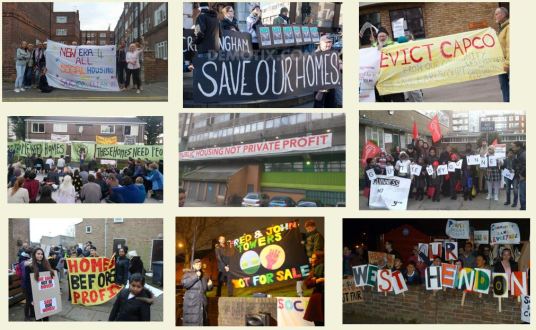 Housing crisis and protest
Housing crisis and protest 